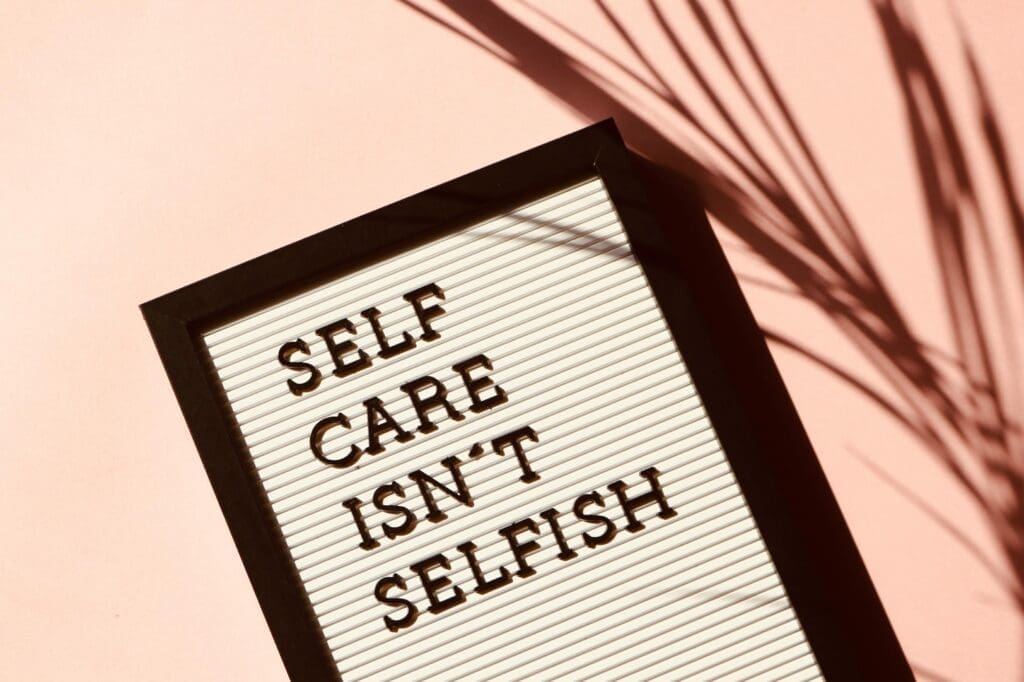The Impact Of Compassion Fatigue, Moral Injury, and Vicarious Trauma On Helping Professions
By Alyssa Bombacino & Joelle Rabow Maletis
“Between 40% and 85% of “helping professionals” develop vicarious trauma, compassion fatigue, and/or high rates of traumatic symptoms” (Olga Phoenix, 2020). Daily exposure to death, suffering, and pain can weigh heavily on the mental health, mood, and morale of those in the helping professions.The suicide rate for veterans in the 18-34 age group was 45.9 per 100,000 in 2018, almost three times higher than the suicide rate for nonveterans in the same age group (16.5) (Ramchand, 2021). Many of those in helping professions are affected physically, emotionally, and psychologically following traumatic experiences.
What Is Vicarious Trauma
Vicarious trauma is “generally defined as experiencing similar symptoms to trauma victims as a result of indirect traumatic exposure via close contact with the survivors” (Brooks et al., 2015). This form of trauma often affects those who are attempting to help others, especially those who are naturally empathetic (Bouchillon, 2018). Those in helping professions often encounter trauma indirectly by hearing about or witnessing traumatic events on the job. Vicarious trauma may show up as hypervigilance, fear for one’s own safety, intrusive thoughts, or painful memories.
How To Achieve Post Traumatic Growth Using Joelle’s Formula
Identify- triggers, events, feelings, sensations, stressors and beliefs – identifying what’s realistic as well as accurate perceptions of oneself and experiences; versus, inaccurate perceptions based out of reality.
Challenge- triggers, events, feelings, sensations, stressors and beliefs – using skills such as thought-stopping, mindfulness, journaling and processing brings us one step closer to resolving our traumas.
Respond & Replace- triggers, events, stressors and beliefs – using the discoveries we make by challenging our experiences, we can begin to replace and reframe how we think, feel and behave by implementing the skills we’ve learned in the process of challenging.
What Is Compassion Fatigue?
Compassion fatigue is “A combination of physical, emotional, and spiritual depletion associated with caring for patients in significant emotional pain and physical distress” (Annewalt 2009). In the helping professions, individuals are repeatedly exposed to situations that put their safety at risk and raise feelings of helplessness and fear. Over time, these traumatic experiences can lead to severe trauma responses, burnout, or mental distress. Those with compassion fatigue have trouble “turning off” even when they’re not on duty (UP Behavioral Health, 2021).
Ways To Combat Compassion Fatigue:
Focus on optimizing your personal health: Try getting 8 hours of sleep each night and eating nutritious foods. Schedule times where you can move your body: Pick a form of movement that you enjoy and focus on staying consistent with it. Spend time in natural sunlight or nature: Spending time outdoors boosts our mood and decreases stress. Control what you can: Focus only on what you can do to help others rather than the things you can’t change.
What Is Moral Injury?
Moral injury is a type of spiritual trauma where an individual is involved or exposed to an event through their work that violates or conflicts with their moral beliefs. Bryant describes, “the major problem some first responders report involves the psychological impact of morally challenging experiences rather than fear-based PTSD” (Bryant, 2021). It is something that deeply affects an individual’s soul (who they are), core beliefs, and the way they see others and the world following a traumatic event. In response to such events, individuals may develop guilt, shame, or regret. An individual’s life and future can be profoundly shaped by indirect exposure to traumatic events.
A Helpful Acronym For Reducing Negative Self Talk Is: THINK
T: Is this thought True?
H: Is this thought Helpful?
I: Is this thought Inspiring?
N: Is this thought Necessary?
K: Is this thought Kind?
Administrative Betrayal: What Happens When Organizations Fail To Protect Their People?
When supervisors fail to support their staff, or protect them from threats, it is known as administrative betrayal. Administrative betrayal is a form of emotional abuse which affects employee morale, performance, and turnover rates. Many of those working within the helping professions agree that high turnover rates are a large issue within their organizations. Helping professions tend to experience administrative betrayal when their organization fails to care for them as a person or support them in times of need.
What happens when those we call for help, need help? When helping professionals experience repetitive trauma with little to no support in return it can lead to high turnover rates. “EMS and firefighter turnover rates hover around 25%, with most voluntarily leaving” (CareerCert). Without guidance and support from upper level administrators in times of high stress, it can lead to increased stress, maladaptive coping, and lower levels of job satisfaction, which in turn, leads to depletion within each profession.
At JRM&A we lead with compassionate, trauma-informed therapeutic models that are personalized and solution-focused to help support our client’s needs and attain their personal goals.
You can reach us at (650)386-6753 or info@joellerabowmaletis to share your comments, ask questions or schedule an appointment
References
Anewalt, P. (2009). Fired up or burned out? Understanding the importance of professional boundaries in home healthcare and hospice. Home Healthcare Nurse, 27(10), 590–597. https://doi.org/10.1097/01.nhh.0000364181.02400.8c
Bouchillon. (2018, July 13). What is vicarious trauma and how to protect firefighters. FireRescue1. Retrieved September 8, 2022, from https://www.firerescue1.com/health-wellness/articles/what-is-vicarious-trauma-and-how-to-protect-firefighters-ivffu84NyDrMbRDm/
Brooks, S. K., Dunn, R., Sage, C. A., Amlôt, R., Greenberg, N., & Rubin, G. J. (2015). Risk and resilience factors affecting the psychological wellbeing of individuals deployed in humanitarian relief roles after a disaster. Journal of Mental Health, 24(6), 385–413. https://doi.org/10.3109/09638237.2015.1057334
Bryant, R. A. (2021). Moral injury in first responders. Treating PTSD in First Responders: A Guide for Serving Those Who Serve, 47–58. https://doi.org/10.1037/0000255-005
CareerCert. (2020, November 9). 3 ways to decrease EMT and firefighter turnover rates. CareerCert. Retrieved September 15, 2022, from https://www.careercert.com/blog/fire/3-ways-to-decrease-emt-and-firefighter-turnover-rates/#:~:text=EMS%20and%20firefighter%20turnover%20rates,%2Drecruiting%2C%20and%20powerful%20engagement
Olga Phoenix. (2020, October 20). Painful truths about vicarious trauma: Statistics from the field. Olga Phoenix. Retrieved September 8, 2022, from https://olgaphoenix.com/blog/painful-truths-about-vicarious-trauma-statistics-from-the-field/
Ramchand, R. (2021, July 15). Strategies to help prevent suicide among veterans. RAND Corporation. Retrieved September 8, 2022, from https://www.rand.org/pubs/perspectives/PEA1363-1.html
UP Behavioral Health. (2022, March 21). First Responders and compassion fatigue. Help For Our Heroes. Retrieved September 8, 2022, from https://helpforourheroes.com/first-responders-and-compassion-fatigue/




